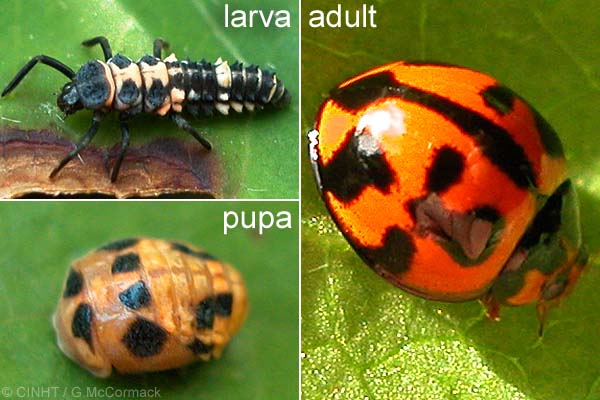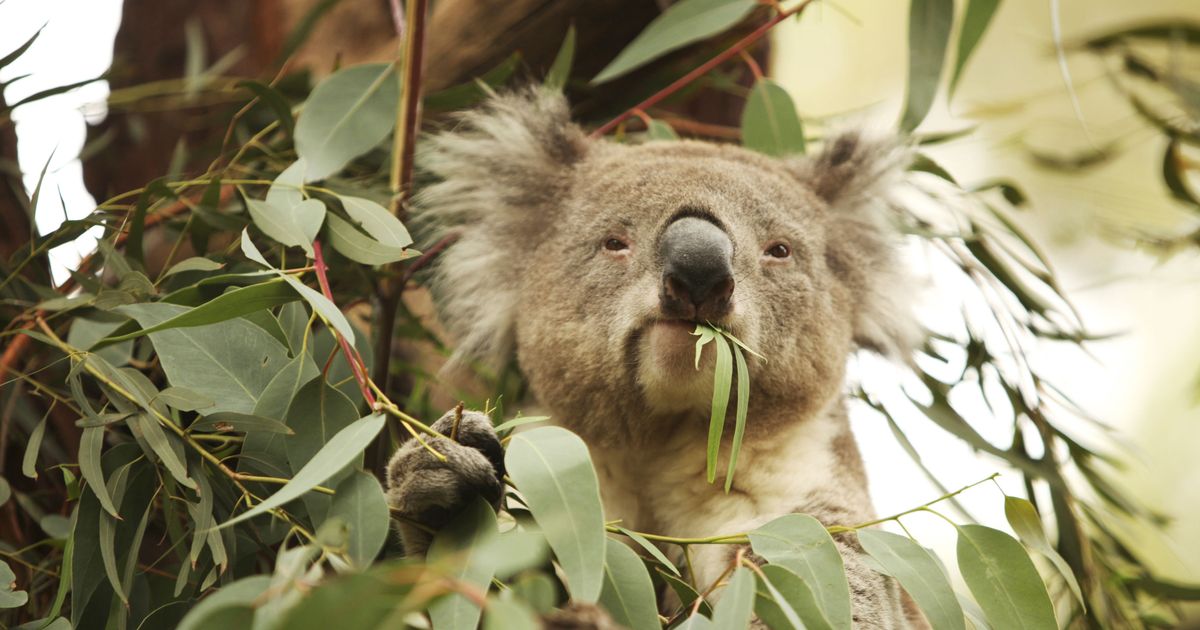
Life tables play a vital role in population ecology studies because they provide broad information regarding basic population parameters such as development, survivorship, and reproduction. The importance of these data in conventional control programs, and as precursors to successful pest management, has been repeatedly emphasized ( Ali & Rizvi, 2007 Arshad & Parez, 2007 Conti et al., 2010 Ramalho et al., 2015). Characterizing the population ecology and bionomics requires a considerable amount of quantitative data (e.g., life table statistics of the target species). For example, the consumption of L. erysimi by C. septempunctata larvae significantly increases with increasing aphid density ( Solangi et al., 2007).Ī thorough understanding of pest ecology is crucial for developing a rigid, integrated pest management program ( Huang & Chi, 2012). Prey abundance influences the female fecundity rate and clutch size ( Dixon & Guo, 1993) and significantly affects aphid consumption by all larval instars. Aphids feeding on economically important plants, such as wheat, brassica, and rose, may represent appropriate food sources for mass-reared C. septempunctata. However, the ability of C. septempunctata to lay eggs depends mainly on the availability of specific aphid species ( Kalushkov & Hodek, 2004). When food is scarce, C. septempunctata continually seeks and consumes diverse food types, including fungal spores, thrips, whiteflies, citrus psyllid nymphs, hawthorn mealybugs, and Colorado potato beetles ( Cranshaw et al., 2000 Divender et al., 2000 Gusev et al., 1983 Kumar & Gupta, 2006 Triltsch, 1999 Zhang, Lü & Wan, 2007). occinella septempunctata developmental parameters are greatly influenced by the available prey species ( Hauge, Nielsen & Toft, 1998 Lakhanpal & Raj, 1998 Omkar, Srivastava & James, 1997).

It has been recognized globally and can prey on various aphid species, including Macrosiphum rosae Linnaeus (Hemiptera: Aphididae), Myzus persicae Sulzer (Hemiptera: Aphididae), Schizaphis graminum Rondani (Hemiptera: Aphididae), and Lipaphis erysimi Kaltenbach (Hemiptera: Aphididae) ( Rauf et al., 2013, Omkar & Pervez, 2002).Ĭ.

Adults as well as grubs feed voraciously on immature and adult aphids and can consume from 40–173 aphids in a single day, thereby suppressing pest populations effectively ( Akram, Akbar & Mehmood, 1996 Sarwar & Saqib, 2010 Suhail et al., 1999). One of the potential predacious ladybird, Coccinella septempunctata Linnaeus (Coleoptera: Coccinellidae), originally native to Palearctic region but now been prevalent in most parts of the world has been exploited as biocontrol agent in various control programs ( Honek & Martinkova, 2005 Krafsur, Obrycki & Harwood, 2005) due to its feeding aggressiveness as well as high biotic potential and voracity ( Shannag & Obeidat, 2008). The family Coccinellidae comprises of more than 6,000 species ( Marin et al., 2010) of ladybirds and includes the predacious beetles of economically important insect pests such as aphids, thrips, mites and whiteflies ( Gupta et al., 2012 Hodek & Honek, 1996).


 0 kommentar(er)
0 kommentar(er)
